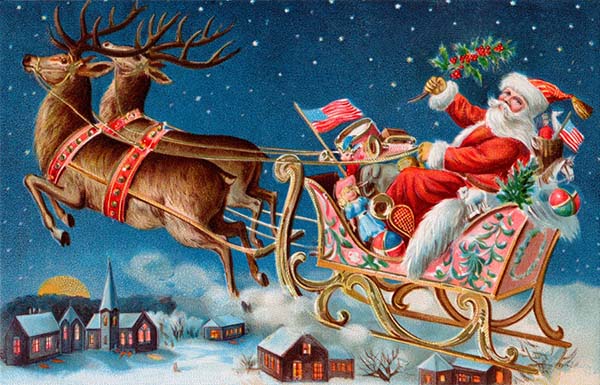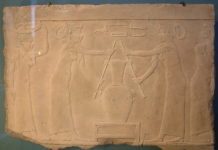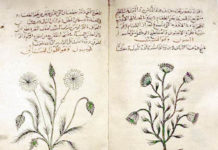Every child in North America knows that Santa Claus lives in the North Pole, but where does he really come from?
The origin of Old Saint Nick
Who would guess that Santa was Greek and a 4th century bishop? Indeed, Saint Nicholas’ home was in Myra, which is part of modern Antalya, Turkey. Because of his reputation for secret gift-giving, such as putting coins in the shoes of those who left them out for him, he became the model for Santa Claus, whose modern name comes from the Dutch Sinterklaas. His feast day was December 6th. Over centuries, from generation to generation, stories have been told of St. Nicholas’ kind deeds.
The legend of the three poor daughters
A poor man had three single daughters. In those days it was nearly impossible to marry off daughters without a dowry. On three different occasions, the poor man found a bag of gold in stockings and shoes, which he used to leave near the fireplace to dry. The mysterious gifts of gold provided him with the required dowry for the marriage of his three daughters. This story led to the custom of hanging stockings or putting out shoes in anticipation of gifts from Santa Claus.
The legend of the lost little boy
One year, on St. Nicholas’ feast day, Arab pirates came into Myra and robbed the town. They snatched a little boy named Basilios from his home, and he was made to serve the king for a whole year. On the next St. Nicholas feast day, as Basilios was preparing to bring the king his golden cup, St. Nicholas appeared and whisked the little boy into the air, bringing him back to his parents’ home. Basilios was still holding the king’s golden cup in his hands when he was reunited with his parents. St. Nicholas feast day, celebrated on December 6th, is still the main day for gift-giving in many European countries.
St. Nicholas as protector of the sailors
One day, St. Nicholas was visiting the Holy Land. When he was returning home by sea, a great storm brewed up and the ship began to flail. St. Nicholas prayed silently to God and within minutes the storm ceased. Sailors carried this story to far lands, and many chapels were built on seaports across the world.
The miracle of wheat multiplication
During a great famine, a ship loaded with wheat for the Emperor in Byzantium was in the port of Myra. St. Nicholas asked the sailors to donate a part of the wheat to the starving population of the town. The sailors rejected the request at first, because the wheat had to be weighed accurately and delivered to the emperor. When St. Nicholas promised that they would not suffer any damage from their generosity, they agreed and gave some wheat to the poor people. When the sailors arrived later in the capital, they discovered that the weight of their load had not changed. The donated wheat in Myra was used for sowing, and was enough to feed the poor people for two full years.








